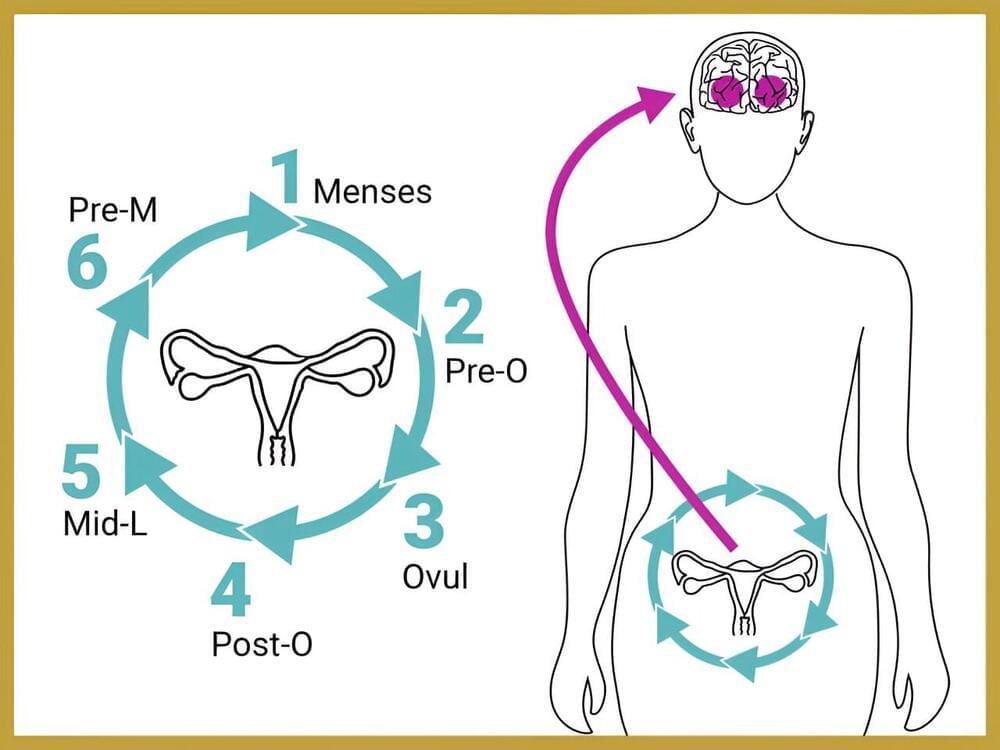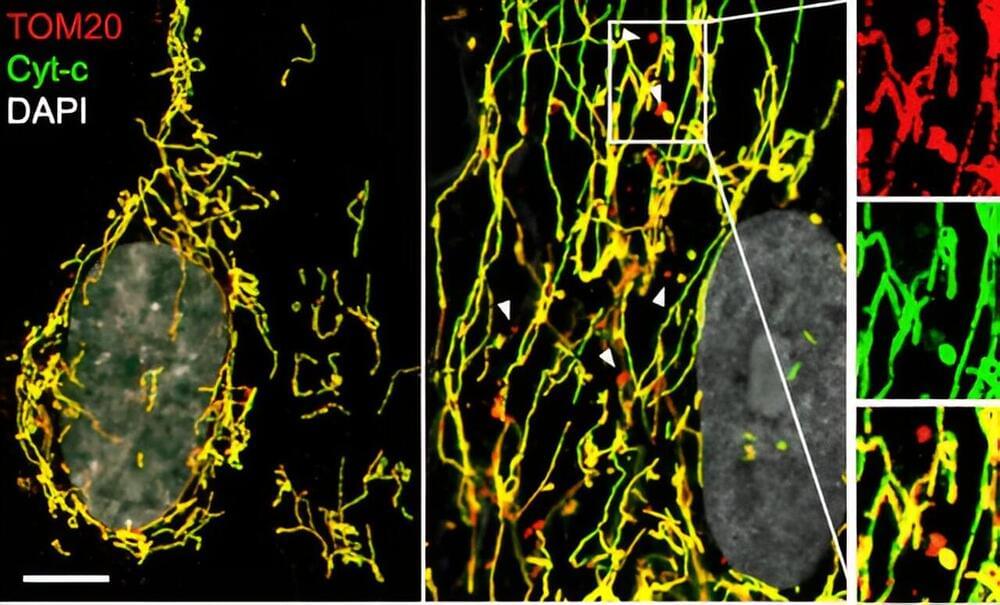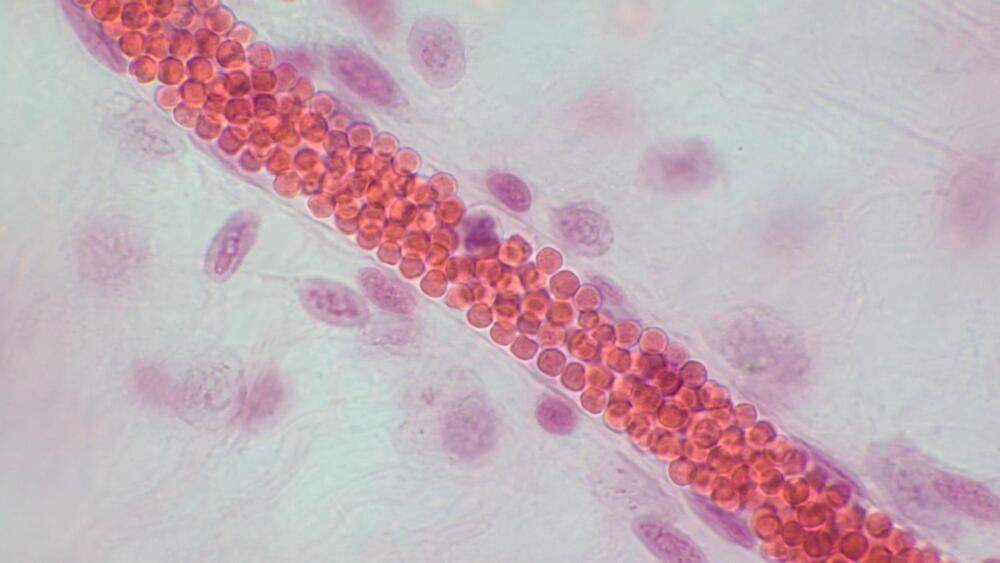In this episode, Max and Daniel sit down with the renowned Aubrey de Grey to discuss the connection between life extension and cryonics. They cover a wide range of topics, diving into the latest breakthroughs and obstacles in both fields.
In this captivating conversation, they explore:
-The current state of rejuvenation technologies.
–Recent advances in longevity research over the past decade.
–Challenges still facing life extension science.
–Perspectives on achieving longevity escape velocity.
–Progress in robust mouse rejuvenation experiments.
–Aubrey de Grey’s journey into the world of cryonics.
–Tanya Jones’s new cryonics venture, Keinice.
–Innovative cryopreservation techniques using helium persufflation.
–The importance of cryonics vs life extension.
–The potential for cryonics to become mainstream.
–The search for major donors to support cryonics research.
–And much more!
As always, you can find Max and Daniel over at the Cryosphere Cryonics discord server: https://discord.gg/cryosphere.
You can listen to the audio only version at our website or any of your favorite podcast apps:
https://www.cryonicsunderground.com/1510453/12638348-aubrey-…-extension.
Visit Aubrey’s new organization The Longevity Escape Velocity Foundation https://www.levf.org/






